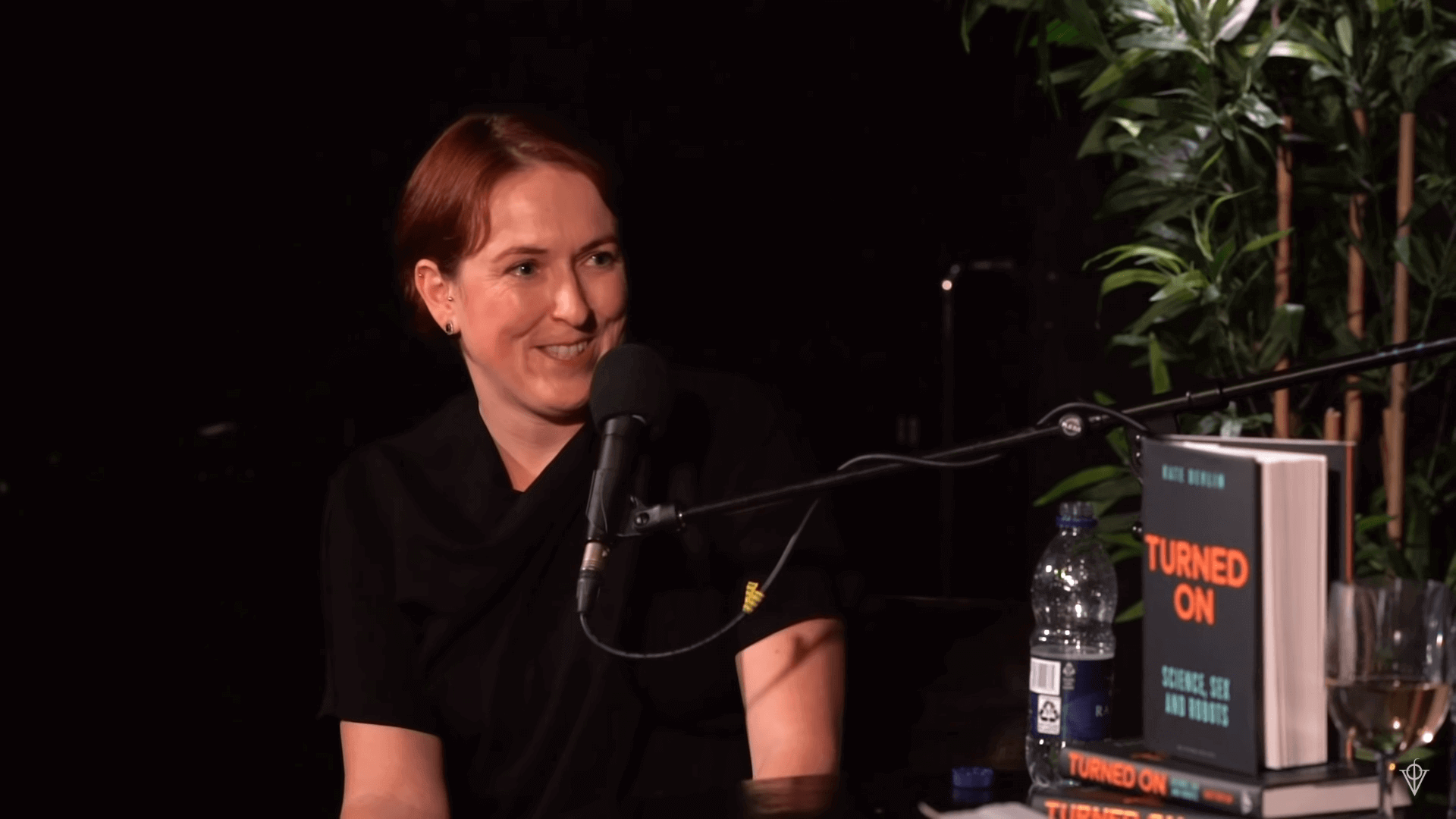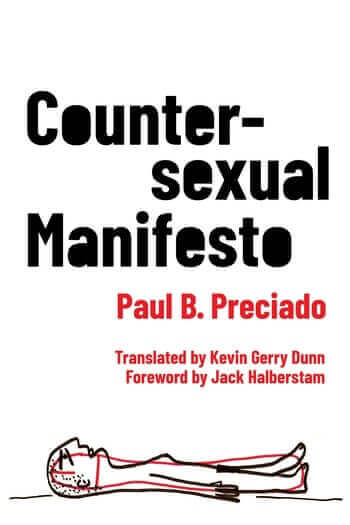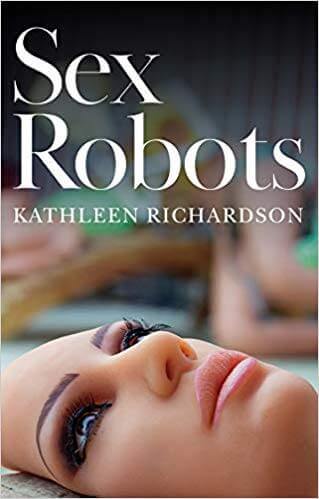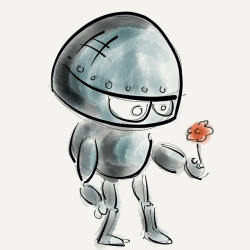The Top 4 Sex Tech Books of 2019
Cozy up with these steamy yet smart reads.

2019 is proving to be an exciting year for sex tech developments, and, as the field grows, academic interest and conversations about the subject are gaining increasing traction.
This year welcomes four topical publications, all of which address ideas about where sex tech is going through in-depth research, and give us an opportunity to get even more immersed in this world.
“Turned On: Science, Sex and Robots” by Dr. Kate Devlin

Dr. Kate Devlin’s “Turned On: Science, Sex and Robots” hurtles through the historical significance of automatons to assess where we find ourselves today in terms of humanoid robots, and what this might mean for the future.
As an academic in the field of Digital Humanities, but with a background in Classics, Archaeology and Computer Science, Devlin provides an interesting new perspective on how sex robots have made it onto the scene today, exploring historical and classical myths to figure out where the future is taking us.
From tales of Greek gods building automata, to mechanized thrones of the Byzantine period, this text is littered with lesser-known historical examples of technology (alongside a healthy dose of brilliant puns). As co-organizer of the first UK and European “Sex-Tech Hackathon”, Devlin’s work in the field of sex tech is unparalleled, bringing exciting new developments and using her research to make this field accessible for all.
“Counter-sexual Manifesto” by Paul Preciado
 Another figure taking academic theory and applying it to our offline reality is Paul Preciado, the celebrated writer of Testo-Junkie.
Another figure taking academic theory and applying it to our offline reality is Paul Preciado, the celebrated writer of Testo-Junkie.
The text narrates how Preciado starts taking testosterone in order to unravel gender socially inscribed on the body, exploring how gender, transitioning and sex are all questioned through this experience.
The revolutionary nature of Preciado’s work continues in the “Counter-sexual Manifesto”, which has finally been translated into English this year. This is undoubtedly one of the most important texts when thinking about teledildonics, serving as a call to action against imposed heterosexuality.
Through an exploration of pornography, dildonics, and queer/trans theory, this literary gem of high theory and playful diagrams seeks to question heterosexual society to its very core—is asking us to consider sexuality as technology, and in which case: what came first, the dildo or the penis?
“Sex Robots: The End of Love” by Kathleen Richardson
 More controversial ideas abound but for different reasons with the publication of Kathleen Richardson’s “Sex Robots: The End of Love” later this year.
More controversial ideas abound but for different reasons with the publication of Kathleen Richardson’s “Sex Robots: The End of Love” later this year.
An outspoken critic and head of the “Campaign Against Sex Robots”, Richardson argues that sex robots continue to objectify women, replicate problematic aspects of prostitution, and legitimize sexual abuse by creating objects to satisfy them.
Richardson’s work is sure to engage with some of the darker, (un)ethical aspects of tomorrow’s sex robots, and will inevitably generate plenty of discussion in the field of sex tech.
“Love and Sex with Robots: Third International Conference Papers” Edited by Adrian Cheok and David Levy
As the 4th International Conference of “Love and Sex with Robots” had been postponed due to polemical reactions once again, it is definitely worth reading last year’s proceedings in “Love and Sex with Robots: Third International Conference”, a collection edited by Adrian Cheok and David Levy.
Levy is considered one of the most important figures in the field, inaugurating this area of “Lovotics” research and exploring the potential of sexual and romantic interaction with robots in his now-canonical book “Love and Sex with Robots” (2007).
This recent collection from academics worldwide promises findings in cutting-edge research, that spans wide areas of interest–and engages with the current issues and inventions in sex tech.
Image sources: Stock Snap, Virtual Futures, Amazon, Amazon
Leave a reply
You must be logged in to post a comment.

















